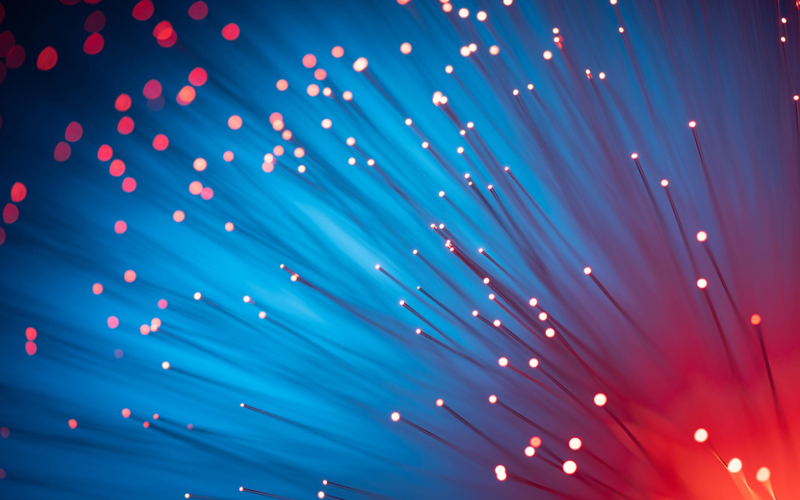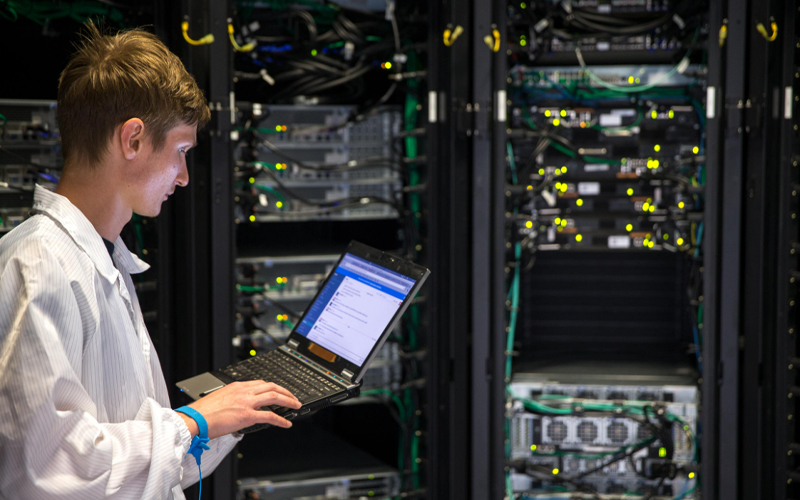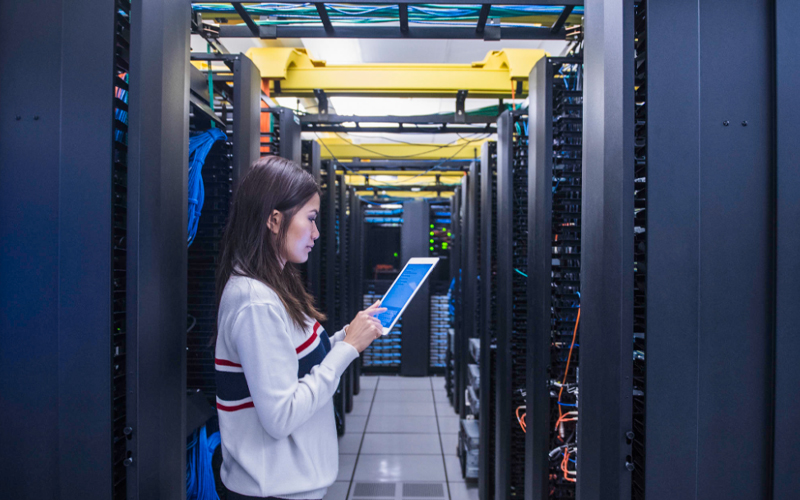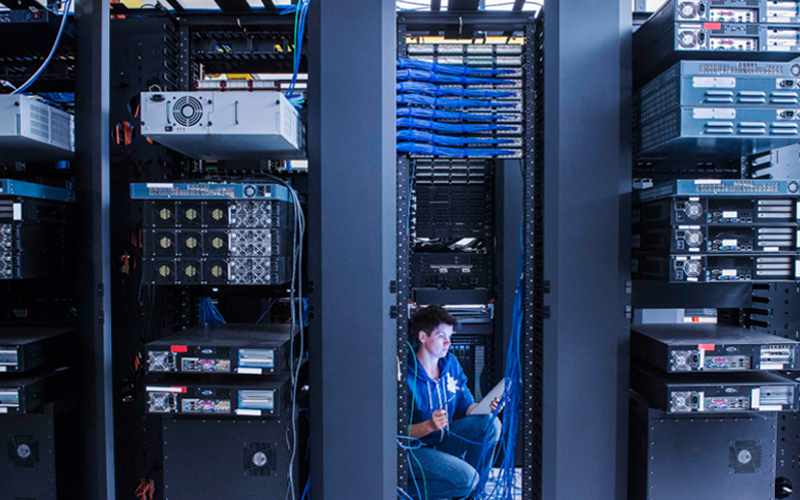We live in a data-driven world. From the shopping recommendations we receive, the boardrooms making decisions to the fully automated assembly lines that define Industry 4.0, data rules the roost! But for this digital evolution to materialize in totality, 5G technology is imperative. An IHS Markit study estimated that the “5G value chain will generate $13.2 trillion global economic value and support 22.8 million new jobs by 2035.” According to the Global System for Mobile Communications (GSMA), global investments in 5G networks will reach $1 trillion by 2025. That aptly shows the scale of the impact this technology is going to have on the world.
The promise of 5G lies in its ability to deliver unparalleled speed, reliability and scalability across several fronts. The triggers driving this progress will be the prime needs of the future, such as smart cities, telemedicine, last-mile connectivity and eCommerce, among others. Technology solutions involving Internet of Things (IoT), artificial intelligence (AI), big data, edge computing and cybersecurity will thrive on such high-speed networks, delivering significant value to society. To put things in greater perspective, 5G will help bridge the digital divide and achieve global sustainability goals, making the technology economically and socially impactful.
Why does deep fiber deployment matter?
Here is a detailed look:
To unlock the true potential of 5G
While 5G captures our imagination with lightning-fast speeds and low latency, it relies heavily on the availability of robust fiber optic infrastructure. Unless all stakeholders in the ecosystem enhance their deep fiber investments, it will hinder our ability to achieve the promised goals. The three principal 5G use cases identified by GSMA are for enabling:
- Mission-critical communication through ultra-reliable, low-latency connections (uRLLC)
- Enhanced mobile broadband (eMBB)
- Massive machine-type connectivity (mMTC)
A significant increase in fiber density is required to support the higher radio frequencies and network densification required for the proliferation of sufficient end-user access. Without such comprehensive deep fiber deployment backed by network infrastructure solutions, carriers will find it challenging to cater to the surge in mobile traffic. Thus, the future of 5G and its transformative capabilities depends on the global commitment to deep fiber deployments.
To ensure reliability and to build resilience
While copper cables have served our needs so far, they have performance limitations that are likely to hinder our future goals. Deep fiber is the only way to achieve genuine high speeds without disruptions. It is immune to electromagnetic interference, weather conditions and corrosion. This robustness ensures uninterrupted communication even during adverse conditions. Also, it requires fewer reboots and service calls compared to its predecessors, and strengthens our ability to withstand cyber threats and natural disasters. Deep fiber is indeed a highly resilient and reliable communication infrastructure.
To become future-ready
Today, longevity and sustenance drive all our decisions. Fiber networks can scale without any significant overhaul. When we think of smart cities, we need uninterrupted services that cater to public services, healthcare, autonomous vehicles, fully automated factories and more. Therefore, deep fiber deployment today is about meeting the needs of tomorrow.
Closing the digital divide
Let’s briefly explore the role of deep fiber deployment in addressing the digital divide beyond the realm of advanced mobile networks. All internet consumers deserve increased broadband service choices, even in remote areas. Currently, we see work-from-home and hybrid work models thriving. Many people who migrated to cities now prefer to have the option of working from their rural homes. But a significant portion of the global population still does not have access to reliable, high-speed internet connections. Deep fiber helps fulfil this need of providing high-speed broadband connections for enhanced digital accessibility. For businesses, it opens up new markets and opportunities. Rural businesses can extend their reach, having significant economic and social impact.
A World Economic Forum (WEF) whitepaper titled, The Impact of 5G: Creating New Value across Industries and Society, mentions that 5G has the potential to impact industries significantly by managing the carbon footprint. Indeed, fiber infrastructure helps reduce the carbon footprint of communication networks because of its reduced copper and electrical footprint. The paper further says 5G can deliver social value across 11 key areas corresponding to 11 of the 17 Sustainable Development Goals (SDGs) identified by the United Nations.
The way forward
Deep fiber deployment requires substantial investment. Laying fiber across vast geographies means huge capital, planning, and coordination amongst various stakeholders. Public-private partnerships may well be the way to go to ensure success. All stakeholders, whether governments, telecom operators, private entities, or society, must collaborate to make it happen.
Monetization schemes for last-mile access for incentivizing massive fiber deployment on a global scale can help the cause. New models based on synergies amongst the various stakeholders that benefit everyone equally must evolve. New and innovative revenue streams, shared infrastructure models, leasing arrangements, etc., are other possible business models.
How can Infosys BPM help?
Infosys BPM’s Wireline Telecom Services span comprehensive technology services tailored to the unique needs of the wireline industry. Our solutions enable seamless wireline services and optimise telecom network performance. The services range across various elements of telecom services, such as fault diagnostics, access management, data cleansing, billing and collections, enterprise portal management and more.









